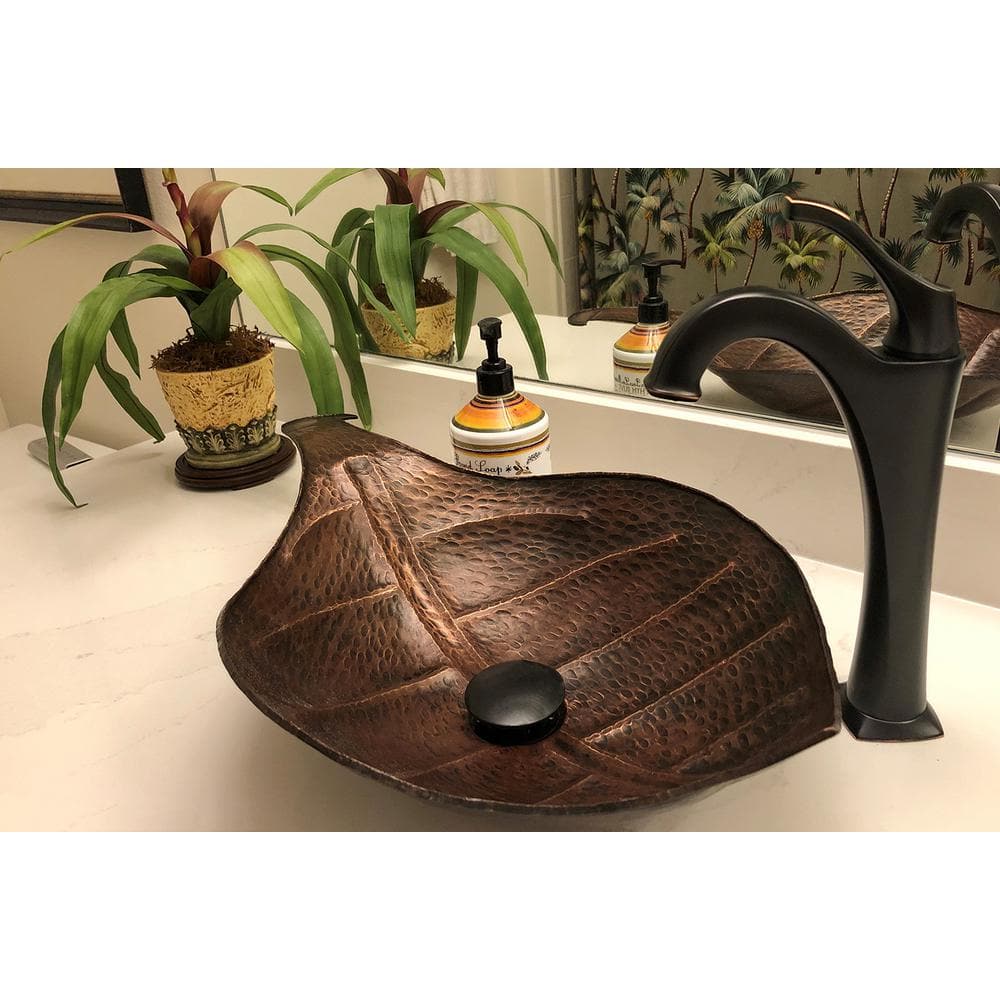How Copper Products Add To Sustainable Practices in Various Fields
In sustainable power systems, for instance, copper boosts the capability of solar and wind modern technologies, while its application in building minimizes waste with durability. As industries look for to adopt more sustainable methods, the role of copper might prove crucial in attaining environmental objectives.
Copper in Renewable Energy
Copper plays a vital duty in the advancement of renewable resource modern technologies, acting as a crucial conductor in numerous applications. Its phenomenal electric conductivity and resistance to corrosion make it an optimal material for electric circuitry, which is crucial in photovoltaic panels, wind generators, and energy storage space systems. In solar photovoltaic systems, copper is used in the affiliations and circuitry, enabling effective energy conversion from sunshine to power.
In wind energy, copper is integral to the generators and transformers that transform kinetic energy right into electrical power, making certain optimal efficiency and reliability. In addition, the demand for electric lorries (EVs) is enhancing, with copper being a key element in batteries, electric motors, and billing framework. The change to EVs significantly enhances the need for copper, as these automobiles commonly use 4 times extra copper than traditional internal combustion engine lorries.
As the globe looks for to mitigate environment adjustment and change to lasting power resources, copper's role becomes significantly essential. The material not just boosts the efficiency and longevity of renewable resource systems yet likewise sustains the broader goal of reducing greenhouse gas exhausts and promoting a lasting future.
Eco-Friendly Construction Materials
Over the last few years, there has actually been a remarkable change towards the adoption of green building materials in response to expanding ecological issues. This change is encouraged by the requirement for lasting alternatives that minimize eco-friendly footprints while preserving architectural honesty and visual charm.
Copper, understood for its longevity and recyclability, has actually emerged as a principal in this market. It can be utilized in roof covering, plumbing, and electrical systems, adding to energy effectiveness and decreasing waste. Copper's long life implies fewer replacements with time, further improving its sustainability account.
Additionally, materials such as bamboo, recovered timber, and recycled steel are obtaining appeal. These choices not just use minimized ecological influence yet additionally promote source conservation. As building codes increasingly stress sustainability, building contractors and designers are incorporating these products into their tasks, fostering advancement in layout.
The raising fostering of eco-friendly building materials reflects a wider dedication to sustainability in the constructed setting. By prioritizing these products, the construction industry can dramatically lower its carbon impact, line up with governing requirements, and support a much healthier environment for future generations. This pattern marks an essential action towards a more lasting future in building and construction.
Copper's Function in Healthcare
Recent researches have highlighted the considerable duty of copper in health care settings, specifically as a result of its antimicrobial buildings. Copper surface areas have been shown to reduce the presence of microorganisms, click resources consisting of microorganisms and viruses, by up to 99.9% within a brief period. This impressive effectiveness makes copper a vital product for high-touch surfaces in medical facilities, such as doorknobs, bed rails, and IV poles, consequently adding to improved infection control measures.
Along with its straight antimicrobial effects, copper likewise contributes in the wider context of medical facility sustainability (Copper Products). By incorporating copper into medical devices and furnishings, health care facilities can minimize the incidence of healthcare-associated infections (HAIs), which not only improves patient results but likewise lowers the costs related to prolonged health center stays and additional treatments
Additionally, copper's longevity and recyclability straighten with lasting methods, allowing for accountable resource management. As health care systems significantly prioritize both client security and ecological stewardship, the integration of copper items is becoming much more common. This double advantage underscores copper's essential payment to a healthier, much safer, and a lot more lasting healthcare environment.
Sustainability in Transportation

Additionally, copper's resilience and corrosion resistance add to the longevity of transportation infrastructure (Copper Products). In rail systems, for example, copper components enhance the dependability and performance of signaling and power systems, necessary for reducing delays and energy consumption. Additionally, copper's duty in renewable resource systems, such as solar and wind, sustains lasting transportation options by giving clean energy for electric transit options
Investments in copper innovation not just foster sustainability yet also stimulate economic growth and work development in eco-friendly industries. As sectors aim to meet strict ecological policies, the application of copper items in transportation arises as a pivotal strategy in attaining sustainability objectives and advertising a cleaner, a lot more efficient future.
Copper and Round Economy
As the world increasingly embraces sustainability, the role of copper in the circular economic climate ends up being ever before much more considerable. Copper's innate residential properties-- such as its resilience, recyclability, and conductivity-- placement it as an essential product in a resource-efficient economic situation. The circular economic climate aims to minimize waste and make best use of resource use via recycling and reusing products, and copper master this regard.
The metal can be reused indefinitely without loss of high quality, making it an ideal candidate for lasting techniques throughout numerous industries, consisting of building and construction, electronic devices, and renewable power. By recycling and learn the facts here now recuperating copper from end-of-life products, industries can substantially lower the need for virgin products, therefore reducing environmental effects associated with mining and processing.
Moreover, the combination of copper right into circular economic situation frameworks not only conserves resources yet likewise promotes development. Companies that prioritize copper reusing add to a much more lasting supply chain, enhancing their competitiveness while lining up with regulatory demands and consumer choices for environmentally responsible products.
Conclusion
To conclude, copper items significantly contribute to lasting techniques throughout several sectors. Their necessary function in boosting renewable power innovations, advertising environmentally friendly building and construction products, sustaining infection control in medical care, promoting lasting transport, and symbolizing the principles of a circular economic climate highlights the adaptability and value of copper. By integrating copper into various applications, markets can achieve greater effectiveness, lower ecological influence, and straighten with global sustainability objectives, ultimately cultivating a more lasting future.

Copper's exceptional conductivity makes it a favored product in electrical lorry (EV) systems, boosting power performance and efficiency. In addition, copper's role in sustainable power systems, such as solar and wind, supports lasting transportation options by offering tidy power for electrical transportation choices.
Their crucial role in improving renewable power technologies, advertising green building products, supporting infection control in health care, helping with sustainable transportation, and embodying the concepts of a round economic climate highlights the convenience and value of copper.